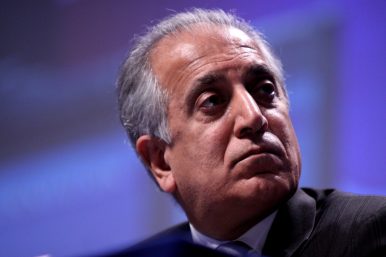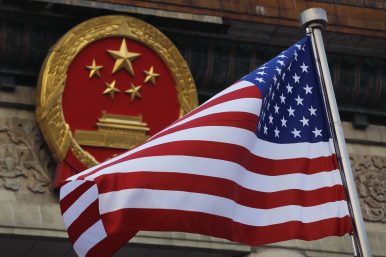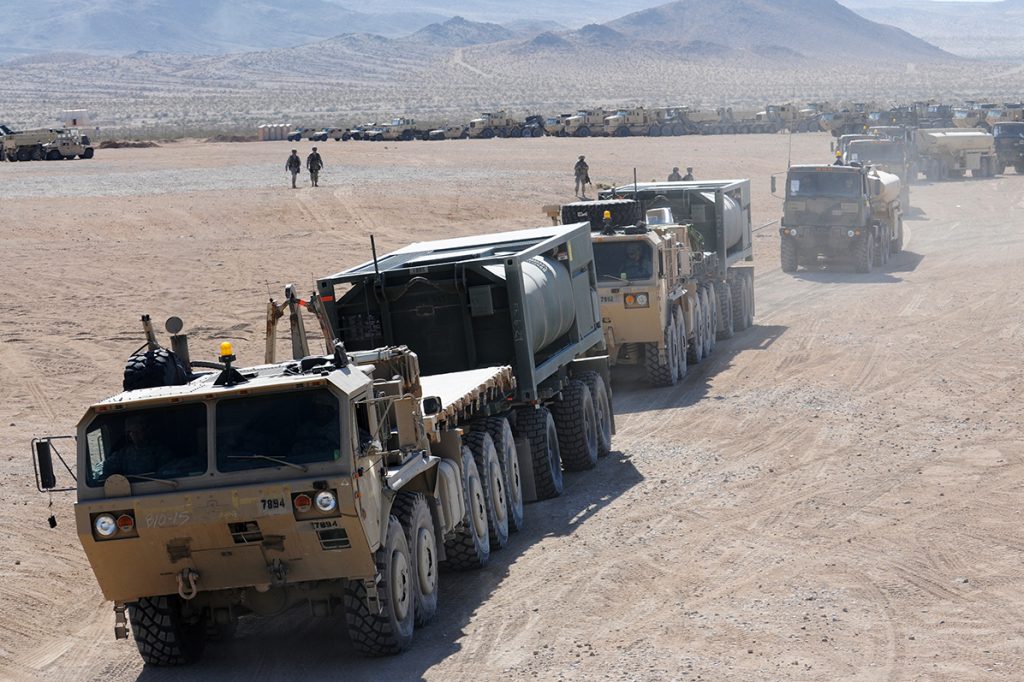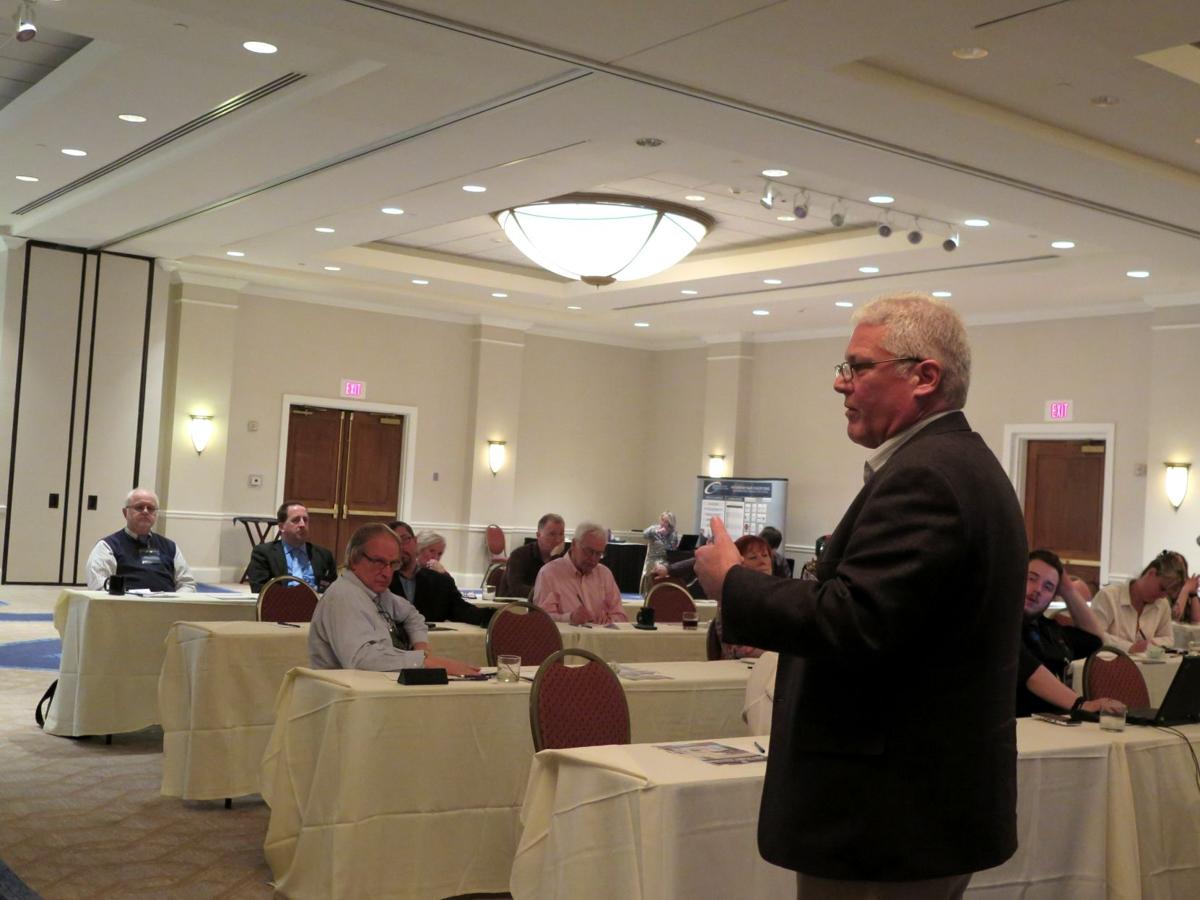By Gurcharan Das
India in 2014 was a troubled and discontented nation. Inflation was in the double digits, growth was declining, and corruption was rampant. Sick of the drift and paralysis in the government of Prime Minister Manmohan Singh, many Indians longed for a leader who would get the nation out of the mess. The situation was not unlike Britain’s in the late 1970s. Britain found Margaret Thatcher; India found Narendra Modi.
The sudden ascent of the tough and stocky 63-year-old as a serious contender for the nation’s highest office caught everyone by surprise. As chief minister of the state of Gujarat, Modi had built a vibrant economy and reduced corruption. His campaign speeches, with their single-minded focus on vikas (development) were fresh and mesmerizing. But people were also wary. Modi was considered dictatorial and anti-Muslim. Above all, he carried the stain of Hindu-Muslim riots in 2002, when his state government looked the other way as nearly a thousand people, most of them Muslims, were killed over several days.
















